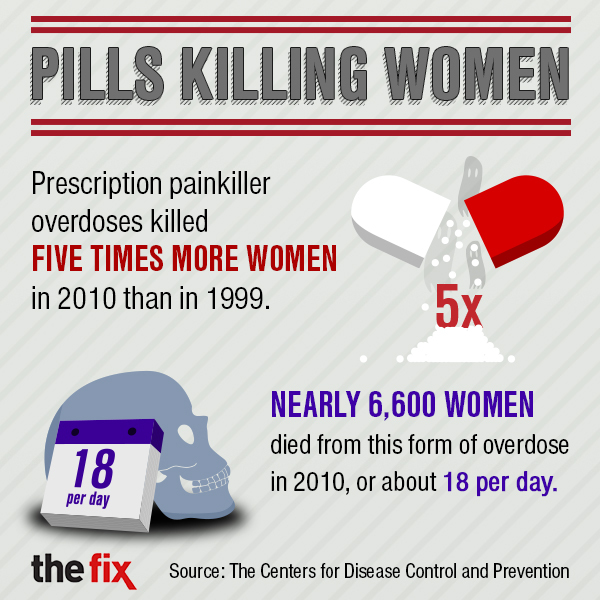
Addictions to prescription painkillers are on the rise throughout North America, but a new study has found that women may be more susceptible to the problem than men.
The findings, published in the latest issue of the journal Biology of Sex Differences, came from a research project out of Toronto that involved over 500 patients throughout Canada. Researchers found that 52% of women in the study cited doctor-prescribed painkillers as their first contact with opioids, compared with 38% of men. The women also reported higher rates of heroin use.
Compared to the results of similar studies conducted in the 1990s, there has been a 30% increase in the number of patients becoming addicted to opioids through doctor-prescribed painkillers.
“It may be that they are prescribed painkillers more often because of a lower pain threshold or because they are more likely to seek medical care than men,” said study senior author Zena Samaan, associate professor at McMaster University in Hamilton, Ontario, Canada. “This is a growing problem in Canada and in other countries, such as the United States, and addiction treatment programs need to adapt to the changing profile of opioid addiction.”
Other reports have also confirmed similar findings. The Centers for Disease Control and Prevention reported that prescription painkiller overdoses killed five times more women in 2010 than in 1999. Nearly 6,600 women died from this form of overdose in 2010, or about 18 per day.
In addition, there were more than 200,000 emergency room visits that same year for opioid misuse or abuse among women. Between 1999 and 2010, 48,000 women died from prescription painkiller overdoses.
Although men are still likely to die from these overdoses, the percentage increase of these deaths since 1999 has been greater among women (400% vs. 265%). Nearly half of the overdoses that occur each day among women are related to opioids.
